Lots of interesting abstracts and cases were submitted for TCTAP 2022. Below are the accepted ones after a thorough review by our official reviewers. Don’t miss the opportunity to expand your knowledge and interact with authors as well as virtual participants by sharing your opinion in the comment section!
TCTAP C-141
An Interesting Case of Bilateral Renal Artery Stenting in a Patient of Takayasu Arteritis With Uncontrolled Hypertension
By Anindya Banerjee, Satyabrat Mishra, Ramachandra Barik
Presenter
Anindya Banerjee
Authors
Anindya Banerjee1, Satyabrat Mishra1, Ramachandra Barik1
Affiliation
All India Institute of Medical Sciences, Bhubaneswar, India1,
View Study Report
TCTAP C-141
ENDOVASCULAR - Hypertension Therapies and Renal Denervation
An Interesting Case of Bilateral Renal Artery Stenting in a Patient of Takayasu Arteritis With Uncontrolled Hypertension
Anindya Banerjee1, Satyabrat Mishra1, Ramachandra Barik1
All India Institute of Medical Sciences, Bhubaneswar, India1,
Clinical Information
Patient initials or Identifier Number
SP
Relevant Clinical History and Physical Exam
A 30 years old female was referred to our centre with chief complaint of orthopnea. The patient had received medical attention elsewhere and was treated empirically for asthma, covid pneumonia and antitubercular treatment. On examination the patient had a bounding pulse on right upper limb and an impalpable pulse on left upper limb, weak pulses in bilateral carotid and lower limbs. Further examination revealed a right upper limb blood pressure of 230/120 mm of Hg.
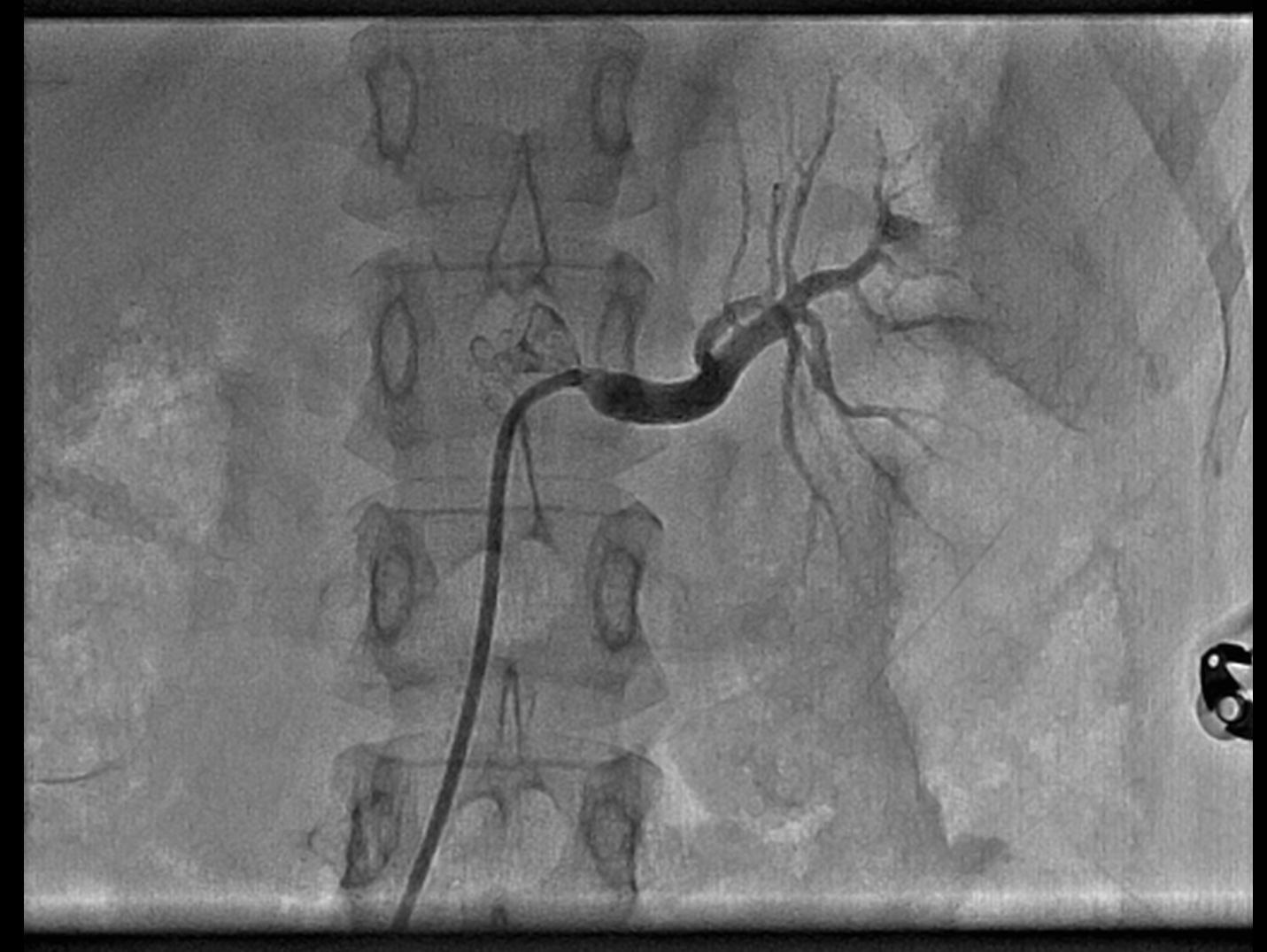
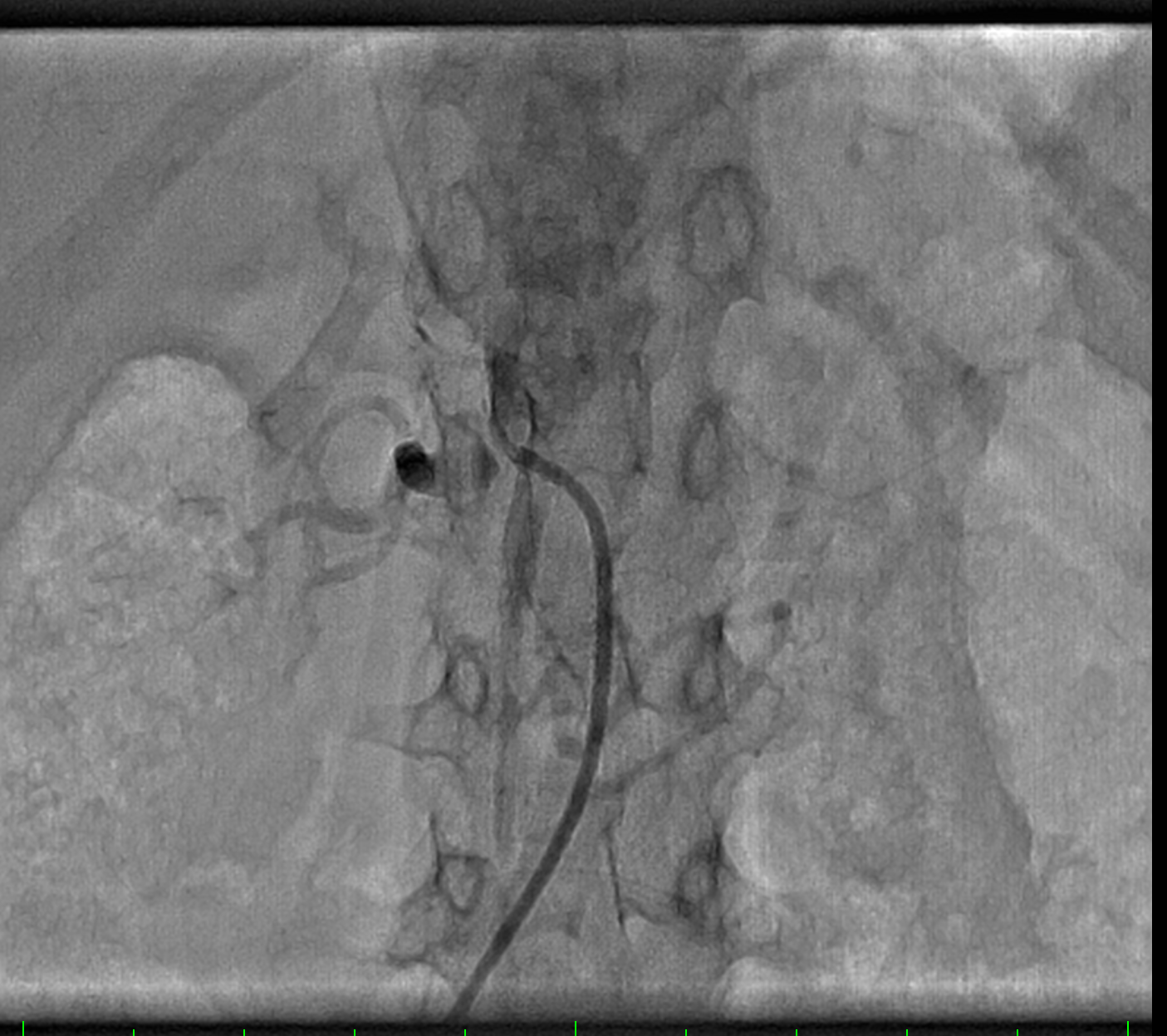


Relevant Test Results Prior to Catheterization
The chest roentgenogram of the patient revealed bat-wing pulmonary edema with cardiomegaly. ECG revealed left ventricular hypertrophy with strain pattern and echocardiography revealed left ventricular dysfunction with ejection fraction of 35%. CT aortogram revealed wall thickening with fusiform dilatation of distal thoracic, proximal abdominal aorta, and stenosis of left subclavian, celiac artery at ostium and bilateral renal arteries at ostium. The patient also had a raised ESR (40mm/hr).
Relevant Catheterization Findings
Interventional Management
Procedural Step
The procedure was done under local anesthetic from a right femoral artery access with 7 french sheath. A coronary angiogram was done first which revealed normal epicardial coronaries. Pull back gradient was then taken across thoracic and abdominal aorta which revealed a gradient of 20 mm Hg. Next, renal angiogram was taken in individual renal arteries which revealed significant ostial stenosis of bilateral renal arteries. The lesions were serially dilated with 1.5 mm, 2.5 mm and 4 mm diameter coronary balloons. After dilatation Invatec hippocampus 5x15 mm stent was placed in right renal artery and a 6x14mm Boston scientific vascular SD stent placed in left renal artery. Post stenting angiography showed a good flow with relief of stenosis.
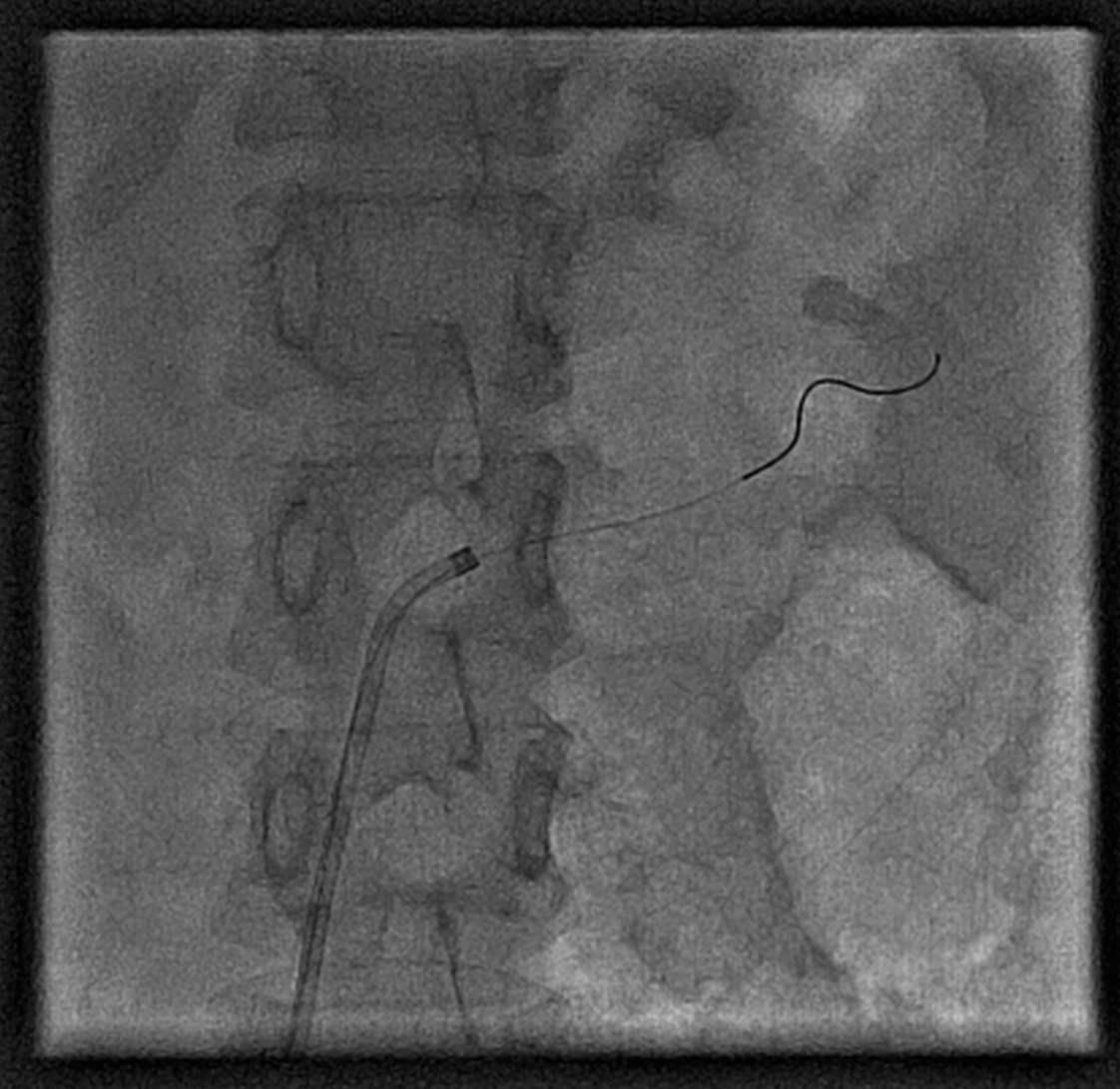
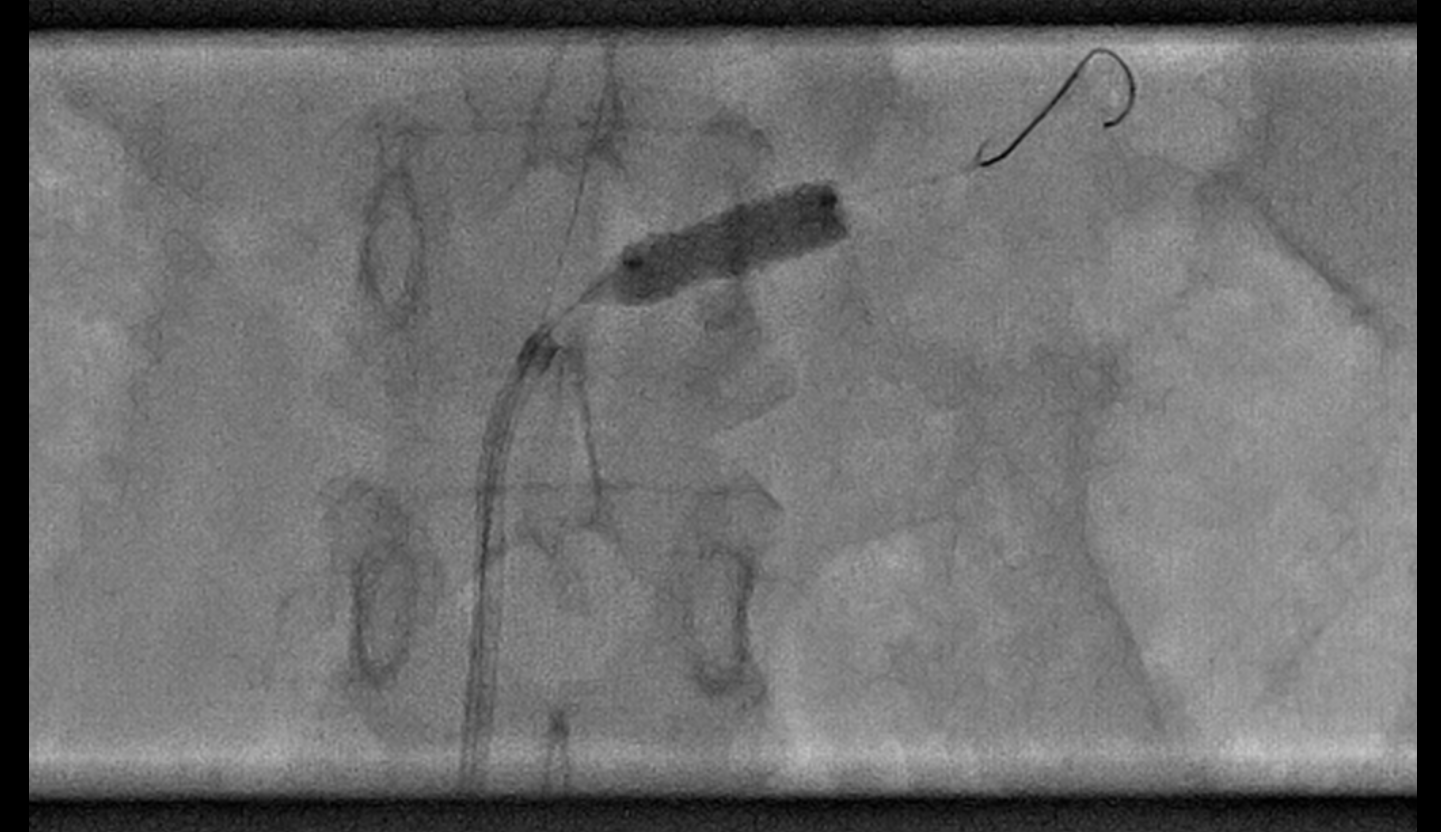
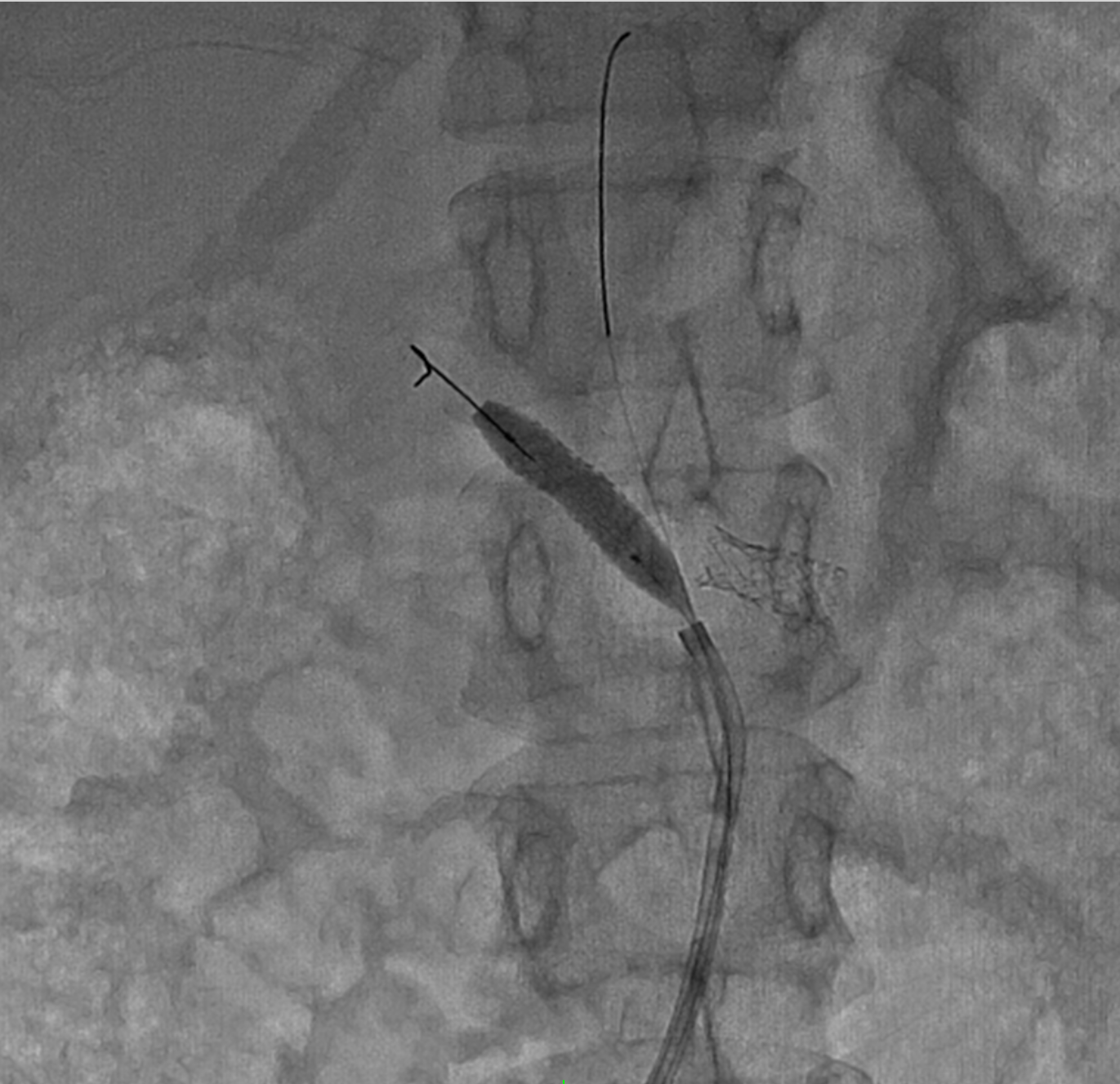



Case Summary
Although, there is controversy regarding role of angioplasty in treatment of hypertension in atheromatous renal artery stenosis, no consensus exists in Takayasu arteritis with renal artery stenosis due to a lack of randomised controlled trials. Our case represents an interesting case where the patient had a dramatic relief of hypertension and heart failure after bilateral renal angioplasty in Takayasu arteritis.


